Afternoon tea is a British institution – there’s even an entire week dedicated to it every year.
The aptly named Afternoon Tea Week runs from 8-14 August in 2022 as cafés, bakeries, five-star hotels and even online businesses serve up decadent treats for the occasion.
The latter is a relatively new addition to the list of businesses that take part, as afternoon tea by post exploded during the pandemic and, according to some, will keep growing for years to come.
Read: Afternoon Tea Week 2022: creative bakes take centre stage
“It still has a future,” believes Anna Rugen, development baker at Patisserie Valerie. “People want convenience and an alternative experience. The ability to send loved ones a treat like afternoon tea in the post – ours is available for nationwide delivery – or taking it on a picnic or hosting a party with minimal input is always going to have a place.”
Some, however, are stalwarts for a more traditional setting. As Andrew Gravett, executive pastry chef at The Langham Hotel in London, explains: “Afternoon tea is an experience that many would argue transcends just what you eat and drink. The location, the venue plays an important role also.
“As this this is usually a special treat, not your usual afternoon snack, the way guests are served, guided through the different courses is of equal importance,” he adds.
Regardless of setting, there’s renewed interest this year. “The Queen’s Platinum Jubilee has rejuvenated a sense of pride in British traditions, and nothing says Great Britain like afternoon tea,” says Kirsty Matthews, insight manager at supplier Macphie, who notes that key components include “a tier of sandwiches, a tier of cakes and one of scones – with cream and jam, of course”.
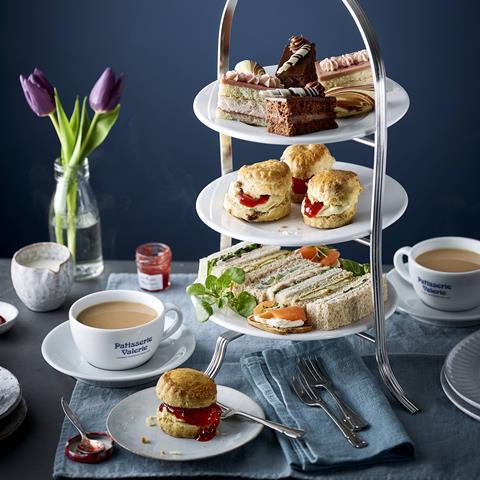
Top trends in afternoon tea
While some keep it traditional (think cucumber sandwiches and sultana scones), others are pushing the boundaries with new flavours and formats. So, what trends are making their mark on the afternoon tea scene? And how is the quintessential British pastime evolving in 2022 and beyond?
“Nostalgia and retro are the patisserie themes for afternoon tea this summer,” says Jacqui Passmore, marketing manager UK and Ireland, Dawn Foods. While classics such as Black Forest gateau, lemon meringue and sticky toffee “are as popular as ever”, she notes that pastry chefs and bakers are giving them a new twist to create “some exciting hybrid sweet bakery products, perfect for a modern Instagram-able afternoon tea”. Think Black Forest Gateau Éclair, Lemon Meringue Mille-feuilles or Sticky Toffee Macarons for example, she says.
Macphie’s Matthews suggests adding “familiar flavours” like elderflower, marmalade, and Earl Grey into sponge mixes or hollandaise to egg & cress sandwiches for another “twist on the traditional”.
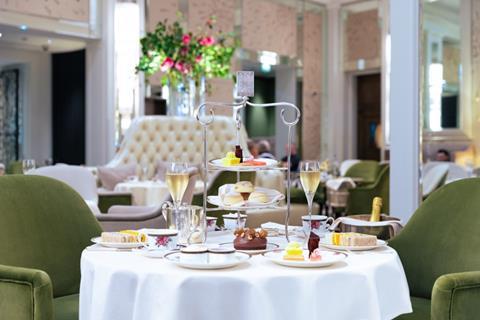
Further inspiration comes from The Langham Hotel in London as Gravett highlights its range of pastries based on British cakes and biscuits that resemble them in “presentation, flavour or even a play on words”. The Oats A Million, for example, was inspired by Hobnob flapjacks and comprises an oat sable, flapjack centre and raspberries. The Copy ‘n’ Paste – a new iteration of a bread & butter pudding – is composed of caramelised brioche, vanilla diplomat, apricot compote, and sable.
These can also tap into the nation’s continuing desire for hybrid baked goods, as Olivier Briault, development chef at Maple from Canada UK, points out: “Hybrid bakery products made using laminated croissant dough are a great way for pastry chefs and bakers to demonstrate their skills.”
Cruffins (croissant meets muffin), baissants (a bagel crossed with a croissant) or a croissant/eclair hybrid, known as a croclair, “offer a great foundation for exciting fillings and loaded toppings”. “Mini versions of these types of products look fabulous on an afternoon tea cake stand,” he adds.
Another type of hybrid making waves on the afternoon tea stand are illusion cakes – classic desserts that look like something they’re not. “An apple or pear-shaped dessert or a cheesecake, entremet or gateau with an unexpected look such as a gift box or handbag for example not only showcase the baker’s skills but add visual impact which is very important for today’s Instagram-loving customer,” says Briault. He highlights London-based Pan Pacific Hotel’s executive pastry chef Cherish Finden, who combines traditional English afternoon tea with formats such as teapots and chocolate purses all with a Singaporean influence on her menus at the hotel’s Orchid Lounge.
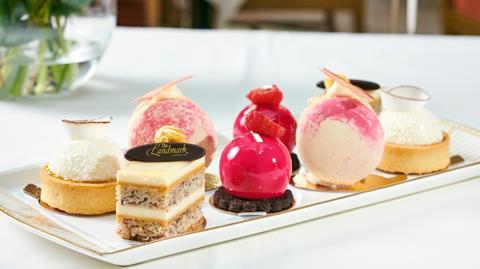
Expanding flavour horizons
Finden’s repertoire taps into another theme cropping up in the market.
“New flavours, particularly those with Asian influence and spices traditionally used in savoury products, are emerging in sweet patisserie,” notes Dawn Foods’ Passmore. These include calamansi (a citrus) and kumquat as well as Japanese flavours, such as yuzu and Sakura (cherry blossom).
“We are seeing big and bold fruit and spice combinations used in patisserie such as a Chilli Raspberry Paris Brest or Cardamon Madeleines for example,” she adds. “More delicate flavours, but still with an Eastern influence, include tea infusions such as Butterfly Pea Tea to bring a delicate flavour to patisserie creams and desserts.”
Maple from Canada UK’s Briault, meanwhile, suggests complementing chocolate with miso and wasabi for a new take on sweet and savoury combinations.
Afternoon tea for everyone
Another trend gathering at pace on the afternoon tea scene is inclusivity – ensuring guests with dietary requirements are catered for to the same standards as everyone else.
“It is important to put equal emphasis on regular and alternative menus: vegetarian, vegan, gluten-free, kids and halal,” believes Mauro di Lieto, head pastry chef at The Landmark London. “These options are becoming more in demand – altogether around 20% of the market.”
The newest trend, di Lieto adds, is to create a small buffet of afternoon tea pastries, exhibiting a bit selection. “This allows the guests to choose the items they like and match their dietary requirements. It is also an opportunity for the pastry chef to be creative with the display.”
Sarah Brion, head pastry chef at The Lawn at Marine North Berwick, concurs about the importance of catering to dietary needs. As someone who requires dairy-free options, she is “constantly looking for ways to adapt items on the menu to ensure there are options for everyone”. “It can be challenging and requires menu development using milk alternatives such as coconut milk, but it is so rewarding when you can create dishes such as my dairy free chocolate cake, which is rich and decadent,” Brion adds.

Future iterations
While some revamp traditional menu items, others are removing them entirely. As Anna Rugen at Patisserie Valerie highlights: “More venues are enticing customers with alternative options such as hot food like mini burgers and fish & chips, other operators have started to offer dog-friendly afternoon teas so that they can share the experience with all their loved ones.”
There could even be an argument for renaming the occasion as it expands beyond its titular daypart.
“Expect to see morning options pop up on menus,” says Kirsty Matthews from Macphie. “Switching out sandwiches for bacon rolls, this alternative option to breakfast or brunch creates a new dining experience and allows operators to expand their day part offerings.”



















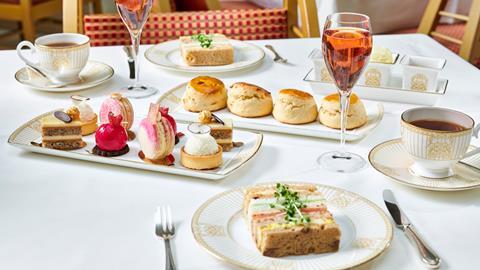





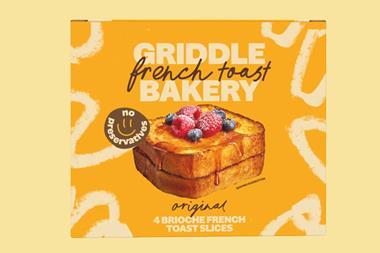


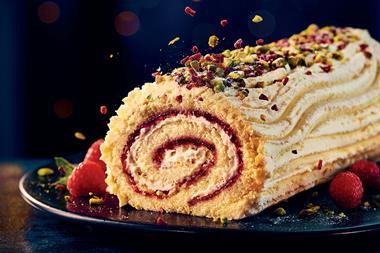




No comments yet